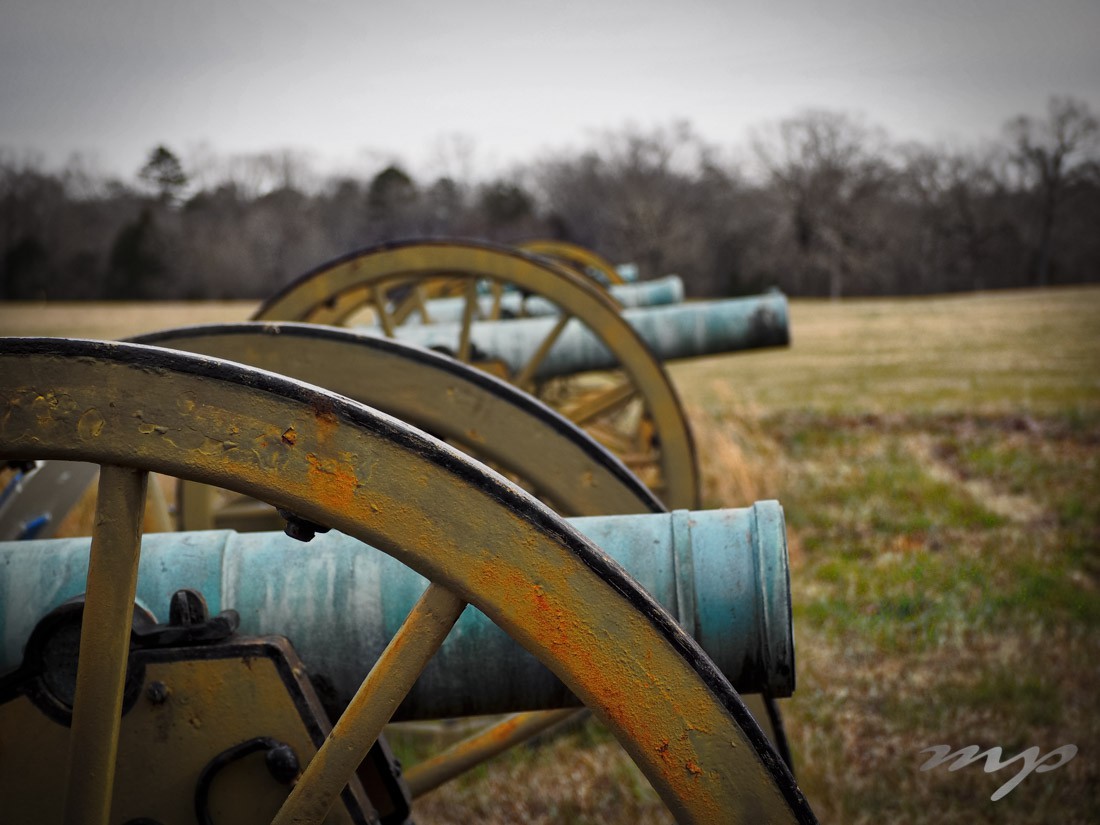
“There is no honorable way to kill, no gentle way to destroy. There is nothing good in war. Except its ending!” ~Abraham Lincoln
We spent several enjoyable hours this past Sunday walking and exploring the Shiloh National Military Park Battlefield in western Tennessee. It was a pleasant day with almost no one in the park, thus allowing Maggie to run free. I was surprised how fit she is considering she’s been living a somewhat sedate lifestyle as of late.
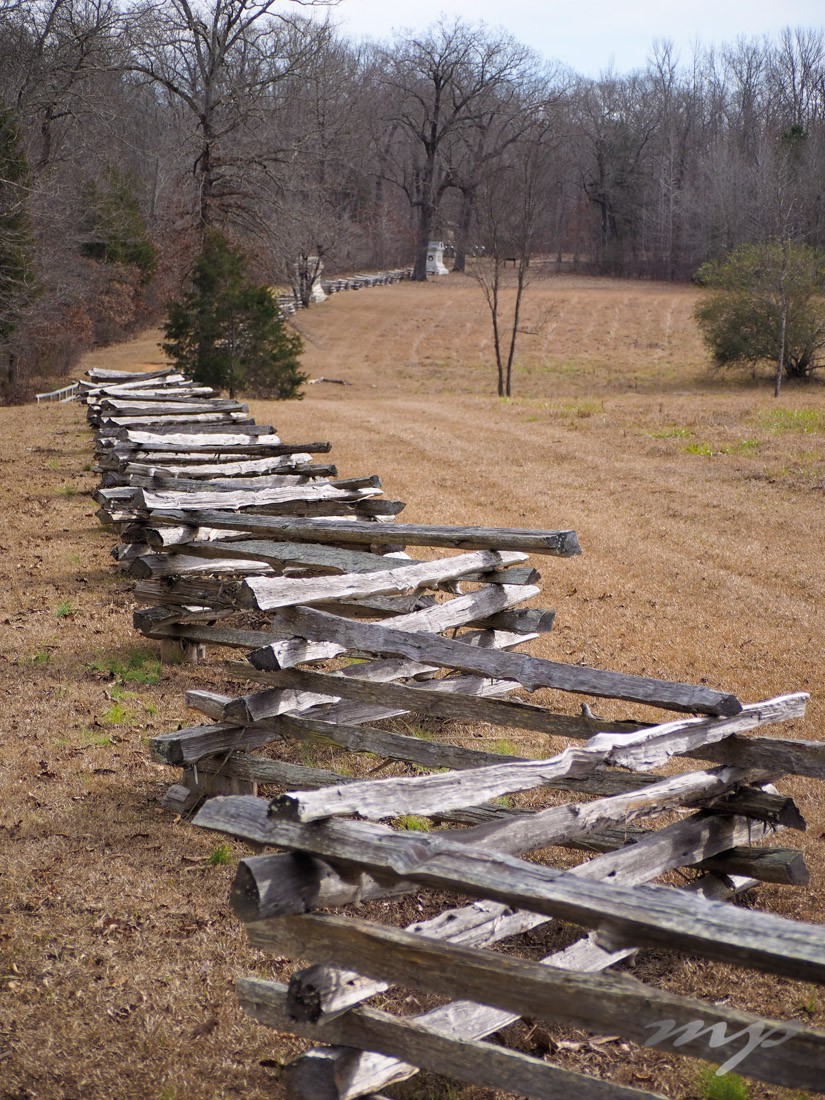
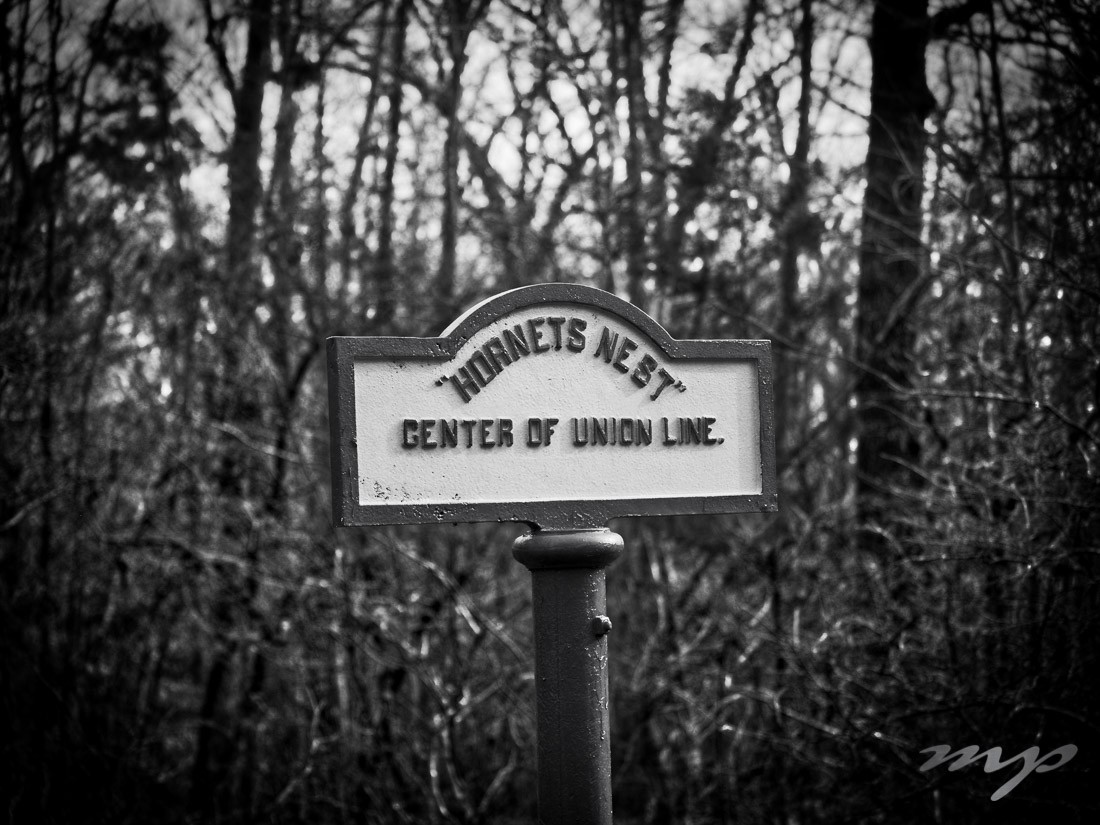
The Civil War Battle of Shiloh was named after a small church and graveyard on the battlefield and is also referred to as the battle of Pittsburg Landing, a shipping point along the banks of the Tennessee River.

Here’s a little background on the battle history and forgive me as I paraphrasing from what I’ve read and understand. Here’s also a link to the animated history of the Battle of Shiloh.
The battle covered a period of only two days, April 6-7, 1862, with each day holding totally different fortunes for the opposing sides. The first day the Confederate States of America (CSA) Army of the Mississippi caught the United States (US) Army of the Tennessee off guard driving them after hard fighting from their encampments back to and almost past Pittsburg Landing. Only late on the first day did the dire fate of the Union forces seem to change as they assumed a strong defensive position near Pittsburg Landing and as reinforcements from the approaching US Army of the Ohio begin to reach the battlefield. The CSA commanders stopped pursuing the attack as sundown approached. This also gave the Union forces a chance overnight to regroup and combine with the fresh troops of the Army of the Ohio.
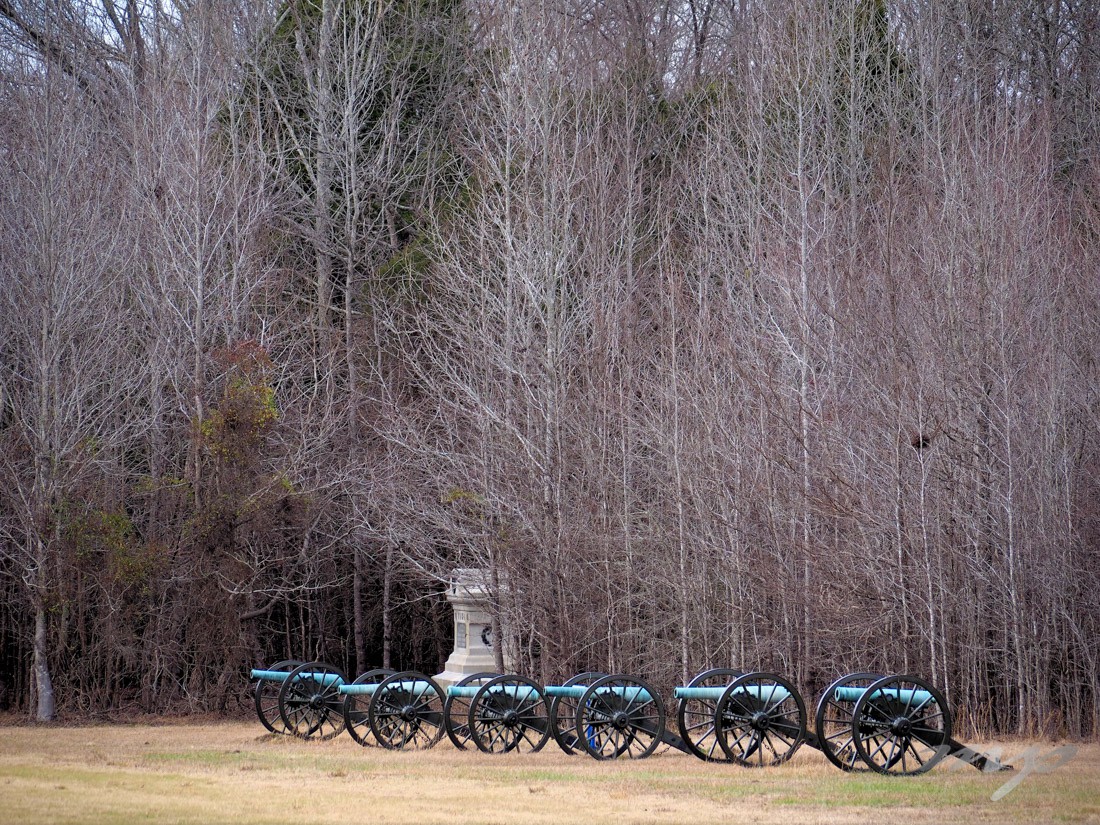
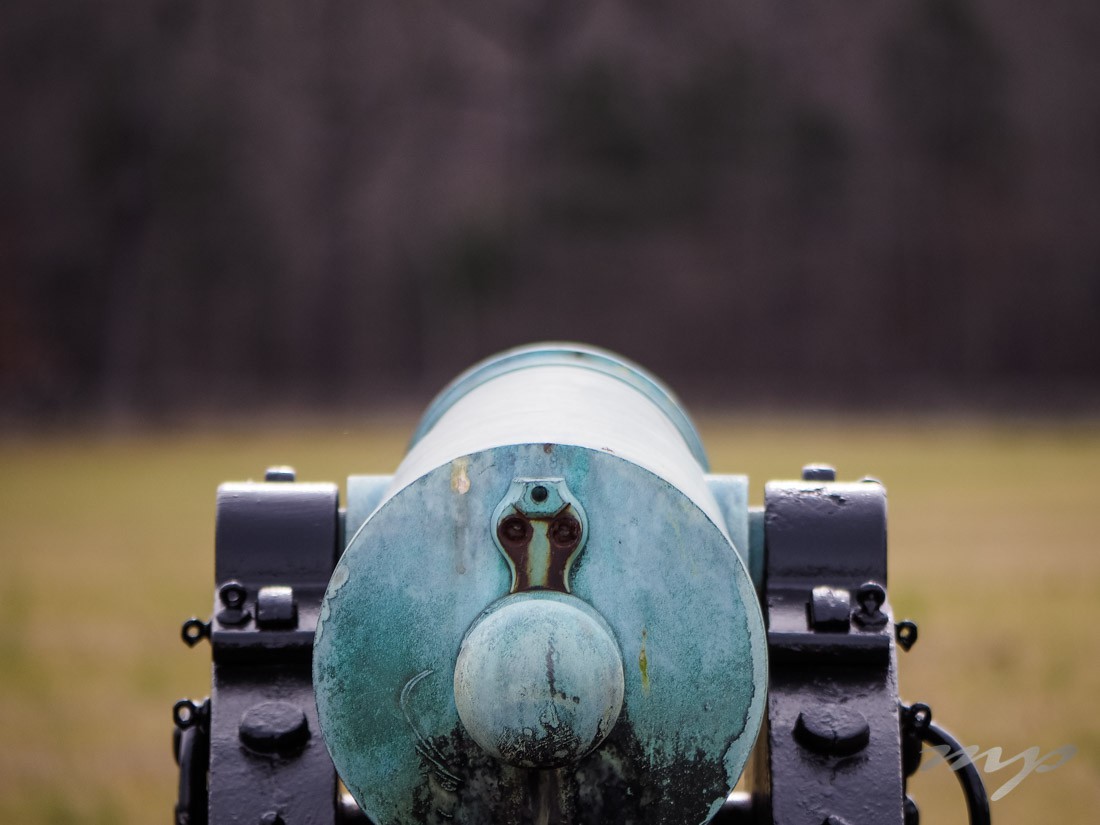
On the second day of the battle, the Union forces went on the offensive driving the CSA troops from the very ground they fought so hard to capture the day before. Finally after several attempts to break the Union advance the Confederate forces withdrew from the battlefield. It was the bloodiest battle of the Civil War up to this point with over 23,000 troops dead, wounded or missing.
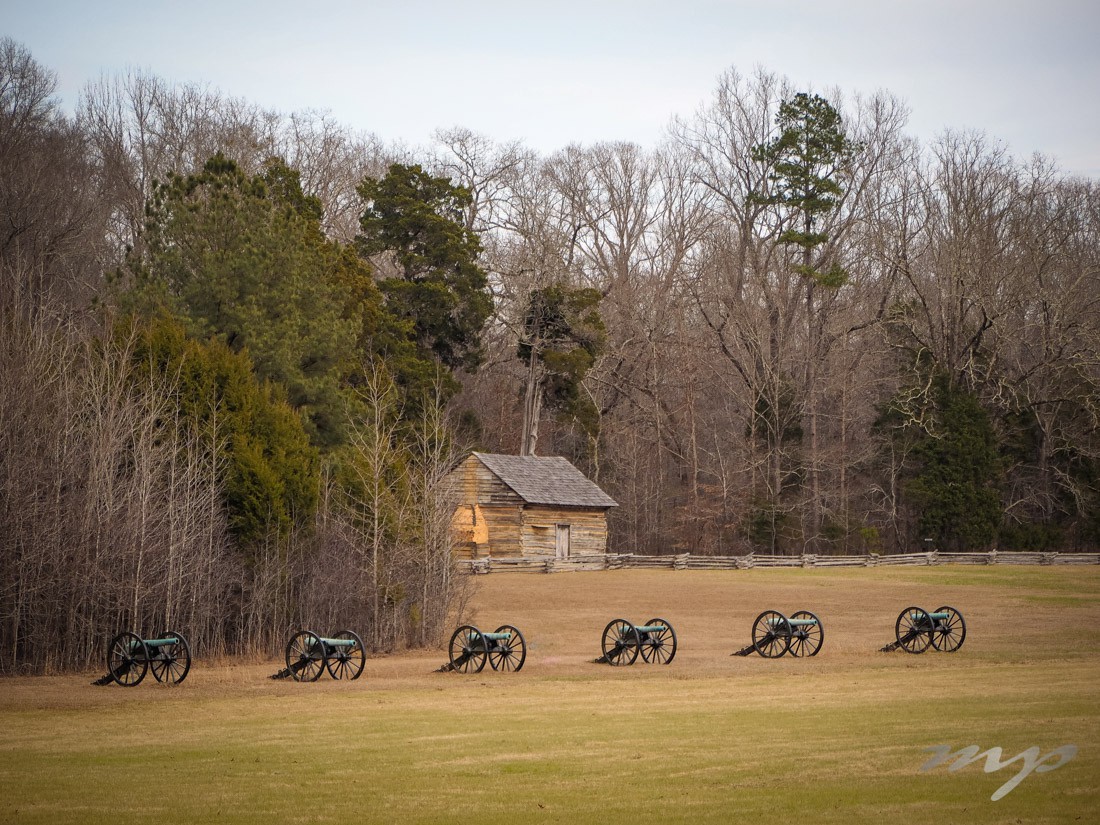
The battle was key to the war for a number of reasons. In winning the Union had established a foothold and could pursue their goals deeper south in the Western Theater of the Civil War, including after other battles laying siege to Vicksburg. The commanding General of the Union forces, Ulysses S. Grant, with this significant victory, came to be noted as a general who would stand and fight. If General Ulysses Grant had been defeated at Shiloh his future and the fortunes of this western area of the war might have been different.
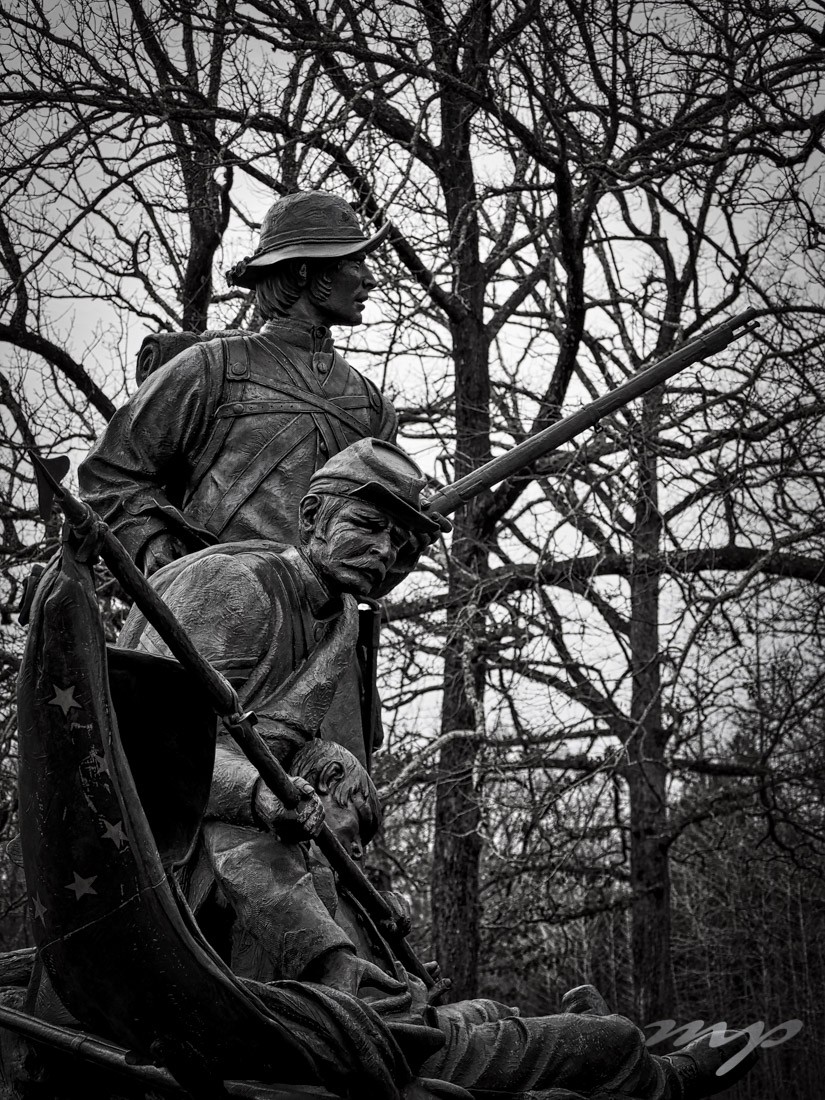
It wasn’t hard to imagine as we walked key battle locations like the sunken road, the peach orchard, and the hornets nest what the sounds and sights must have been like during those two days where so many had fought, suffered and died.
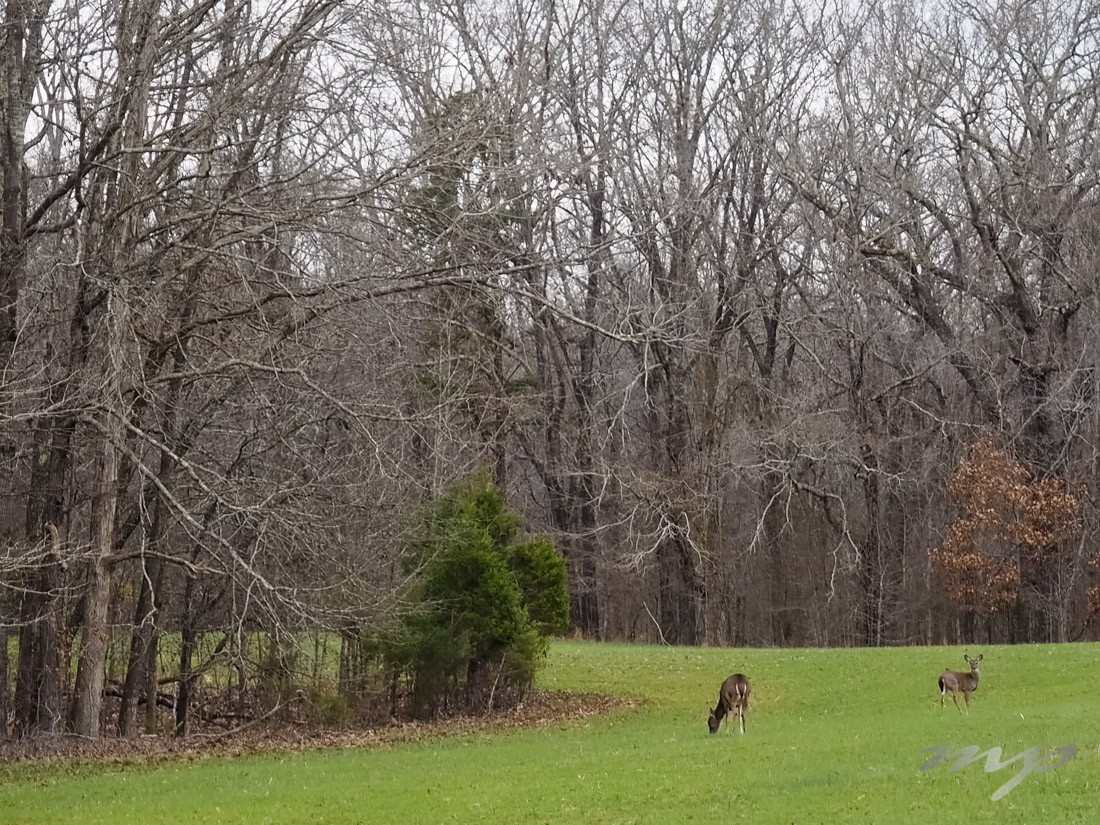
Today it’s a beautiful and well maintained National Military Park.
Discover more from
Subscribe to get the latest posts sent to your email.

Beautiful images, Brooks. I visited some battlefields, both the Civil and Revolutionary wars. Saddens me and again shows there are no winners in war. I watched the animated slideshow and learned a few things from it. The causality loss is almost incomprehensible.
Thanks, Monte! Yeah, some wars cannot be avoided, but those that can be avoided should be. Sadly, it doesn’t seem one of our political parties has learned that lesson and still believes “carpet bombing” and biased hatred because someone’s different are viable solutions. Sad how apparent it’s become we still have such a long ways to evolve.
As Monte says, some very good images here Brooks. My favorite is the second black and white photograph. There’s a lot of depth in this photograph. We’ve been through TN many times but we’ve never seen this battlefield. Maybe next time……..
Yeah, this military park is a little off the main routes through TN…south along the Tennessee River not far from the MS state line in southwestern TN. If our trip to the factory for our 5th wheel hadn’t been nearby I doubt we would have visited the park, which would have been a shame. The park is rich in history and wonderfully maintained. If you like this sort of thing and get a chance, recommended!
I know a few people who really enjoy reading and studying this period of our history. Myself personally, never got into it, probably why I got a “D” in History in school. :-) Too many places, dates, names to memorize. It would have been easier perhaps if we had some nice photos like these to let our imaginations wander these places, putting people behind those canons, and imagining the sounds of the time.
While I’m interested, it’s definitely from the 10,000 ft level…don’t care too much for all those details either…just give me the big picture. It’s interesting to me also in that except for the timing of my birth I might have found myself living these very events. Thanks, Mark, have a great Christmas and New Years!